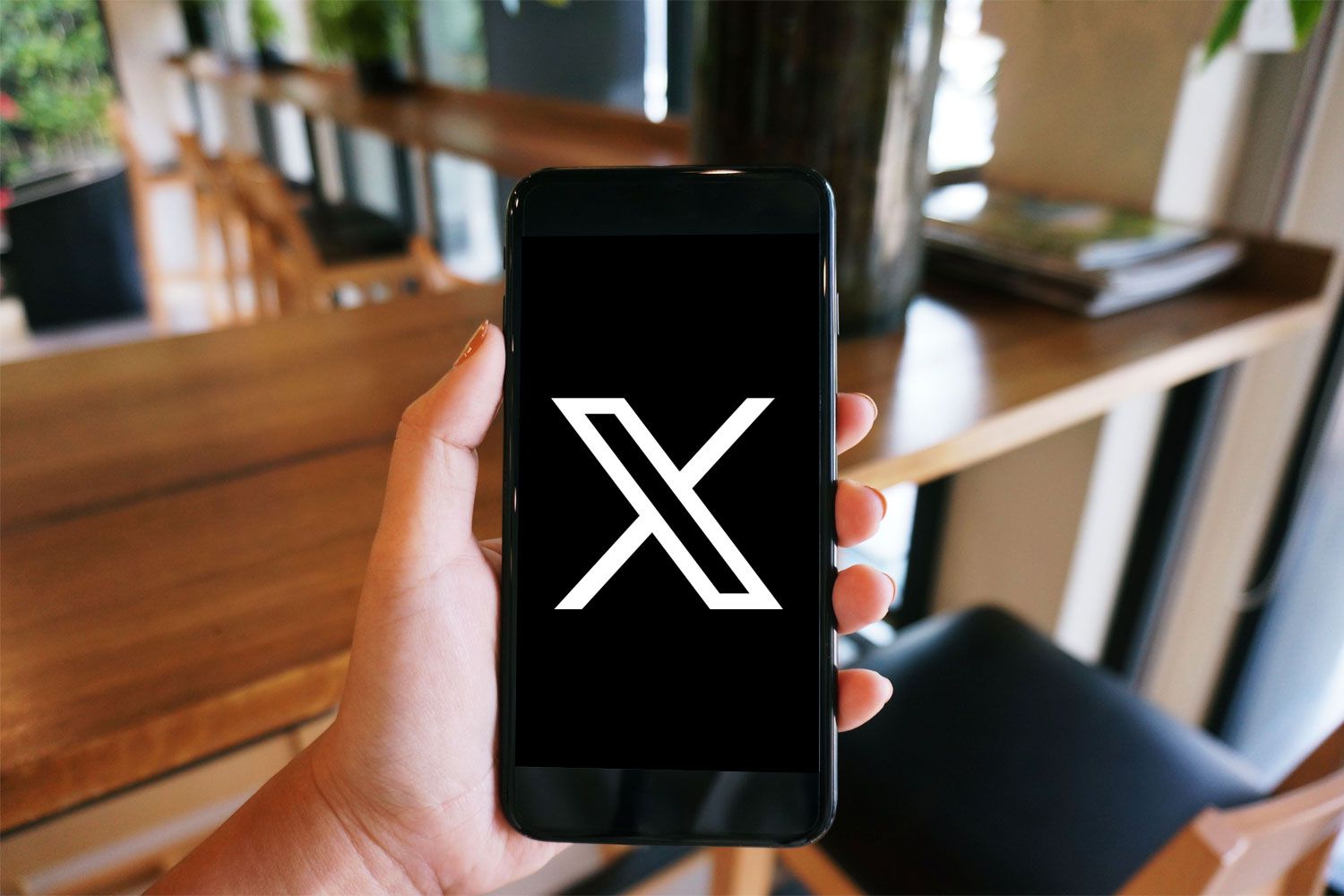
In the ever-evolving landscape of social media marketing, Twitter influencer marketing has emerged as a powerful strategy for brands aiming to reach new audiences and enhance their online presence.
By collaborating with influencers who have a significant and engaged following, brands can tap into new markets and drive meaningful engagement. Here’s a comprehensive guide to leveraging Twitter influencer marketing effectively.
1. Understanding Twitter Influencer Marketing
Twitter influencer marketing involves partnering with individuals who have a substantial and engaged following on Twitter to promote your brand or product. Influencers can help amplify your message, increase brand visibility, and drive engagement through their established credibility and reach.
- Types of Influencers:
- Macro-Influencers: Individuals with a large following (e.g., celebrities, industry leaders) who can offer broad exposure.
- Micro-Influencers: Individuals with a smaller but highly engaged following, often in niche markets or specific industries.
- Nano-Influencers: Individuals with a very small but highly loyal and engaged audience, often offering a more personal touch.
2. Identifying the Right Influencers
Choosing the right influencers is crucial for a successful campaign. Here’s how to find influencers who align with your brand:
- Define Your Objectives: Determine what you hope to achieve with your campaign, such as increasing brand awareness, driving sales, or promoting a new product.
- Research Influencers: Look for influencers whose audience matches your target demographic. Use tools like Followerwonk or Twitter’s search function to find relevant influencers.
- Evaluate Engagement: Analyze influencers’ engagement rates, not just their follower counts. High engagement rates indicate an active and responsive audience.
- Check Authenticity: Ensure that influencers have genuine followers and engagement. Avoid influencers with suspiciously high follower counts or low engagement rates.
3. Crafting a Compelling Partnership Proposal
Once you’ve identified potential influencers, the next step is to craft a compelling proposal that outlines the benefits of collaborating with your brand:
- Personalize Your Approach: Tailor your proposal to each influencer, highlighting why you believe they’re a good fit for your brand and how the partnership can benefit them.
- Outline Objectives and Deliverables: Clearly define what you’re asking the influencer to do, such as tweeting about your product, hosting a Twitter chat, or creating branded content.
- Offer Value: Provide incentives that appeal to influencers, such as monetary compensation, free products, or exclusive access to events.
4. Developing Engaging Content
Effective influencer marketing relies on creating content that resonates with both the influencer’s audience and your target market:
- Collaborate on Content Creation: Work with influencers to develop content that aligns with their style and tone while promoting your brand message. This could include tweets, images, videos, or Twitter polls.
- Ensure Authenticity: Allow influencers creative freedom to present your brand in a way that feels natural and authentic to their followers. Authentic content is more likely to drive engagement and build trust.
- Incorporate Hashtags and Mentions: Use relevant hashtags and mention your brand in the content to increase visibility and track engagement.
5. Measuring Campaign Success
To gauge the effectiveness of your Twitter influencer marketing campaign, monitor and analyze key performance metrics:
- Engagement Metrics: Track likes, retweets, replies, and click-through rates to assess how well the content is resonating with the audience.
- Reach and Impressions: Measure the overall reach and impressions of the influencer’s posts to understand how many people saw the content.
- Conversion Rates: If your campaign aims to drive sales or other actions, monitor conversion rates and track any increase in traffic or sales resulting from the campaign.
- Influencer Feedback: Gather feedback from influencers to understand their experience and identify any areas for improvement in future collaborations.
6. Maintaining Relationships
Building and maintaining long-term relationships with influencers can benefit your brand beyond individual campaigns:
- Engage Regularly: Stay in touch with influencers even when you’re not running a campaign. Regular engagement helps keep your brand top-of-mind.
- Show Appreciation: Acknowledge and thank influencers for their contributions. A simple thank-you note or recognition can go a long way in building goodwill.
- Offer Continued Opportunities: Provide influencers with ongoing opportunities to collaborate, which can lead to more authentic and sustained brand advocacy.
7. Ethical Considerations
Ensure that your influencer marketing practices are ethical and transparent:
- Disclosure: Make sure influencers clearly disclose their partnership with your brand to maintain transparency and trust with their audience.
- Avoid Manipulation: Respect influencers’ creative freedom and avoid pressuring them to produce content that feels inauthentic.
Conclusion
Twitter influencer marketing offers a powerful way to amplify your brand’s message and connect with a broader audience.
By carefully selecting the right influencers, crafting compelling content, and measuring campaign success, you can leverage this strategy to enhance your brand’s visibility and engagement on Twitter.
Building strong, authentic partnerships with influencers and maintaining ethical practices will help you create impactful campaigns that drive real results.

